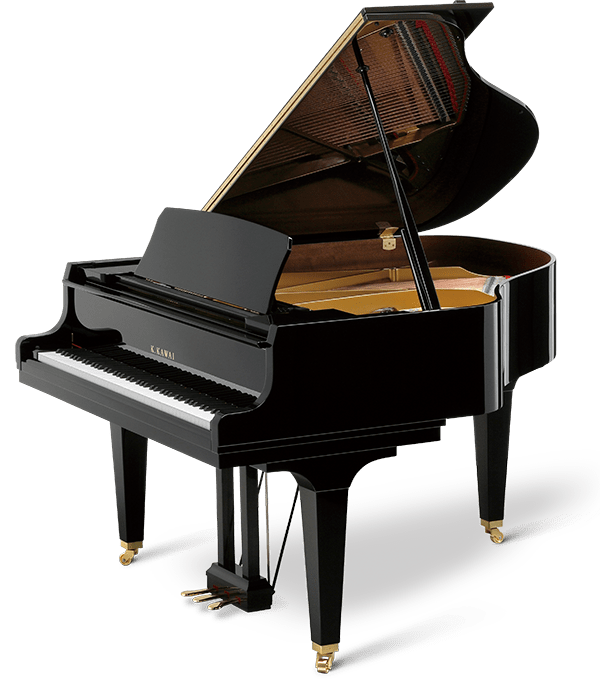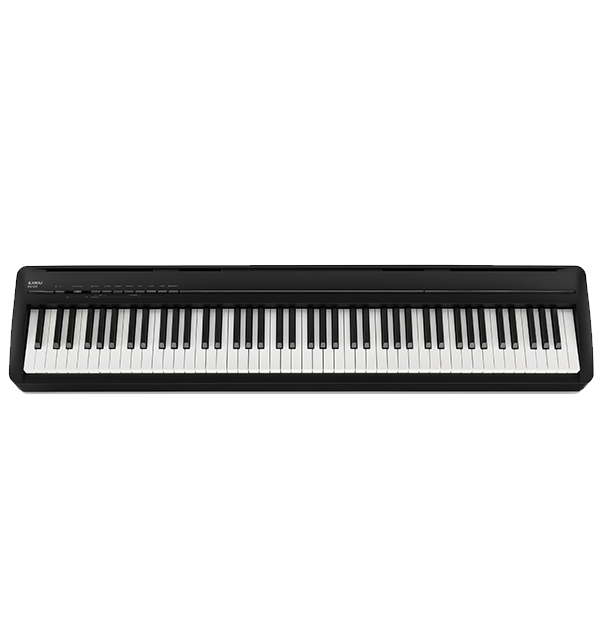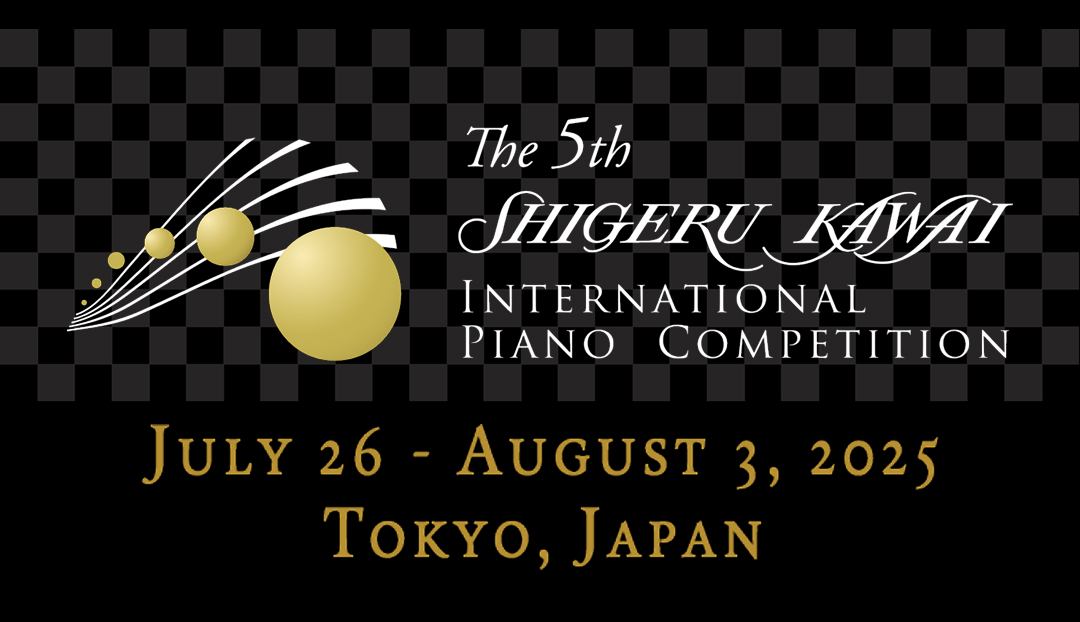7 Steps for Overcoming Musical Plateaus
In the journey of mastering a musical piece, both students and teachers frequently encounter what is known as a plateau – a stage where despite continued effort, there seems to be no noticeable improvement. This can be particularly frustrating when preparing for performances or exams. Understanding the underlying causes of this stagnation, and implementing specific strategies, can help move beyond this barrier. Here are some potential problems and recommended solutions:
1) Deep Dive into Musical Analysis
Problem: Often a plateau occurs because a student has not fully overcome the musical and technical demands of the piece.
Solution: Just as an artist studies the fine details in a masterpiece, musicians should engage in a deep, analytical study of the piece. This includes understanding its structure, key modulations, thematic developments, and historical context. Breaking the piece down into smaller sections for intense analysis can also reveal overlooked details that are crucial for ‘mastery’. Increased awareness of the harmony and structure of the piece can also aid in music memorisation.

2) Technique Refinement
Problem: Technical deficiencies can become apparent in more challenging sections of a piece.
Solution: Identifying specific technical challenges is key – whether it’s a complex fingering sequence, big jumps, fast runs, or unusual chords. Isolating these difficulties and creating targeted exercises is like athletes drilling specific skills. For instance, pianists might practice scales, arpeggios, or chord progressions that mirror the challenging sections of their piece. Or, create an exercise or rhythmic pattern around the technical difficulty.
3) Interpretative Exploration
Problem: A lack of personal connection and interpretive depth can make a piece feel stale. Stagnation can often lead to increased frustration or boredom with the piece, with the player feeling disconnected from the music.
Solution: Exploring different interpretations can breathe new life into the piece. Students should listen to various recordings of the piece performed by accomplished musicians, noting different tempos, phrasings, and emotional expressions. Reading about the piece, the composer’s inspirations, or even creating one’s own story for the piece can help personalise the experience, leading to a more emotional and sensitive performance

4) Chunked Repetition with Variation
Problem: Repetitive practice that lacks focused attention on specific sections, or variations in method, can lead to mechanical playing without improvement. This often results in students playing through the entire piece from start to finish without actively refining particular areas.
Solution: Adopting a methodical approach to practice is crucial. This involves repetition of trouble spots where attention is given to refining things like evenness, coordination, clarity, dynamic shading, articulation, etc. Variation can be introduced by changing the rhythm, speed, or mode of practice, such as playing hands separately, backwards (passages in reverse) or even blindfolded.
5) External Feedback
Problem: Without external feedback, students may not realise what needs improvement.
Solution: Regular performance in front of peers, teachers, or using a recording device, can provide valuable feedback. Sometimes a lesson with a different teacher can help to shine light on imperfections and offer different solutions.

6) Psychological Strategies
Problem: Mental blocks and performance anxiety can hinder progress.
Solution: Psychological barriers often manifest when a musician feels overwhelmed by a piece. Techniques such as visualisation, where the student mentally rehearses the piece, or mindfulness, which focuses on the present moment without judgment, can help overcome these barriers. Maintaining a positive attitude is important to overcome mental hurdles and not feel defeated by a difficult piece or passage. Trust the process and stay positive.
7) Have a break
Problem: Sometimes the above suggestions don’t do the trick – it might be time to take a break.
Solution: The length of time required is different for each person, but stepping away from the practise routine for a few days (not too close to the performance though) can help to come back to the piano refreshed, invigorated, and ready to overcome those hurdles!

Understanding the Plateau
The occurrence of a plateau when learning a specific piece of music may have various causes – technical limitations, a shortage of insight, emotional disconnection, or simply a need for more varied and focused practice methods. Each plateau is unique and may require a combination of several strategies to overcome.
Research in the field of music education suggests that plateaus are not just common but are an essential part of the learning process. They signify a transition phase where old skills are being mastered and new skills are beginning to form. Teachers must recognise the signs of a plateau and guide their students through it with patience and understanding.
Conclusion
Overcoming a plateau in a specific musical piece requires a multifaceted approach that addresses both the technical and mental aspects of music learning. By applying these targeted strategies, teachers can help students break through their barriers and achieve a higher level of mastery in their music. Just as importantly, these strategies foster a deeper appreciation and enjoyment of music, encouraging students to continue their musical journeys with enthusiasm and renewed motivation. This holistic approach not only benefits the student’s current piece, but also enhances their overall musicality and readiness for future challenges.
Written by Andrew Rumsey, Professional Pianist, AMEB Piano Examiner, and Kawai Education Partnership Manager.
Prepared by Hugh Raine


















